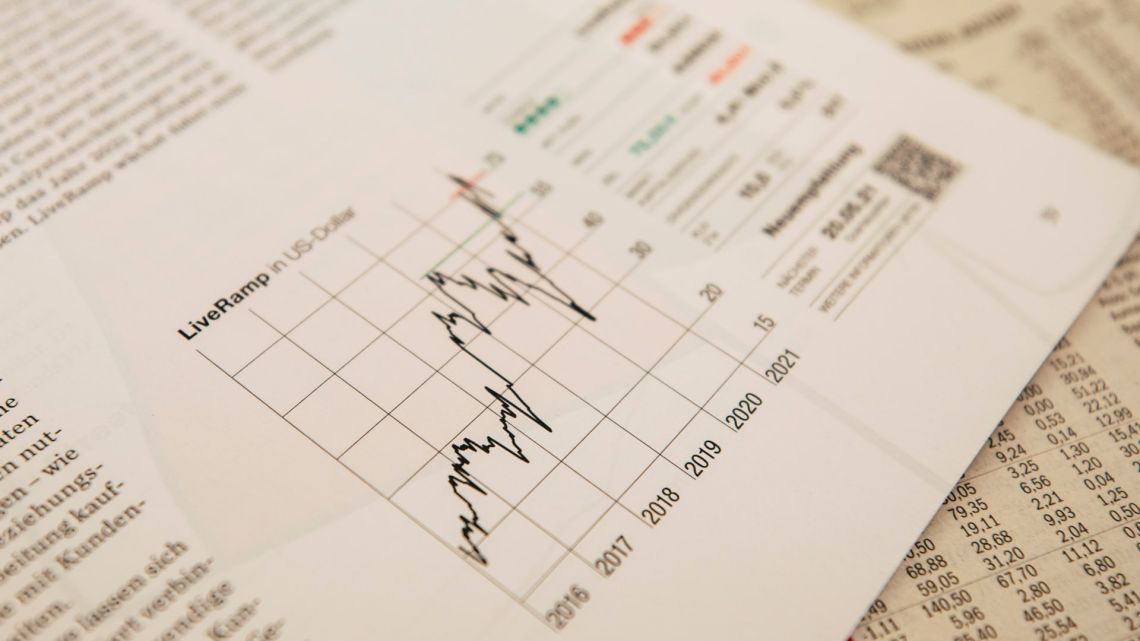
U.S. exchange-traded funds (ETFs) that focus on Chinese stocks experienced significant gains on Friday afternoon, marking their strongest performance in a month. This surge follows China's intensified efforts to bolster its weakening currency, which has raised concerns among investors about the country's economic stability.
The Invesco Golden Dragon China ETF (PGJ), which tracks the American depositary shares of Chinese companies, saw a 3.3% increase on Friday. Similarly, the KraneShares CSI China Internet ETF (KWEB), providing exposure to Chinese software and information technology stocks, recorded a gain of 3.4%. The iShares MSCI China ETF (MCHI) and the SPDR S&P China ETF (GXC) also experienced a surge of 2.4%, according to FactSet data.
Both the iShares MSCI China ETF and the SPDR S&P China ETF achieved their largest daily percentage advance since July 28, while the KraneShares CSI China Internet ETF aimed for its best performance since August 3, according to FactSet data.
In a move set to begin on September 15, China's central bank plans to reduce the foreign-exchange reserve requirement ratio from 6% to 4%. This measure is expected to increase the availability of foreign currencies in the local market, thereby making the Chinese yuan more appealing to domestic investors.
According to Citigroup strategists led by Johanna Chua, the 200-basis-point cut in the reserve requirement ratio could release approximately $16 billion based on the approximately $822 billion of foreign-exchange deposits in July. This increase in the supply of U.S. dollars onshore may lead to a decrease in the spot USDCNY exchange rate.
For more information, please refer to: China’s central bank to cut FX reserve ratio
Stabilizing Sentiment and Preventing Bearish Moves in China Risk Assets
In a broader picture, the current round of accelerated policy rollout in China is having a direct impact on asset markets. According to analysts, if this accelerated pace continues, it has the potential to stabilize sentiment and prevent significant bearish movements in China's risk assets, including their foreign exchange rate (RMB FX). These observations were outlined in a recent note.
Yuan Weakening Continues
According to data from FactSet, the onshore yuan (USDCNY) weakened around 1.7% against the dollar in August, extending its losses for the year to nearly 5%. In contrast, the offshore yuan (USDCNH) was trading at 7.27 per dollar on Friday afternoon.
New Stimulus Measures for Chinese Property Market
Banking Sector Response
Leading banks, including Industrial & Commercial Bank of China and Bank of China, have indicated that they plan to lower their deposit rates and mortgage rates. Specifically, the one-year yuan deposit rate will be reduced by 10 basis points to 1.55%, while the two-year yuan deposit rate will be cut by 20 basis points to 1.85%. These rate cuts are aimed at boosting consumption and providing support to the troubled property sector.
Market Outlook
On Friday afternoon, the broader U.S. stock market showed a mixed performance as traders assessed the latest jobs report ahead of the Labor Day holiday weekend. While the S&P 500 and the Dow Jones Industrial Average experienced minor gains, the Nasdaq Composite saw a slight decline.
Overall, these recent policy changes and stimulus measures in China are expected to have a significant impact on asset markets and stabilize sentiment to some extent. The market will closely monitor further developments to assess their effectiveness and implications for both domestic and international investors.













Write Your Comment